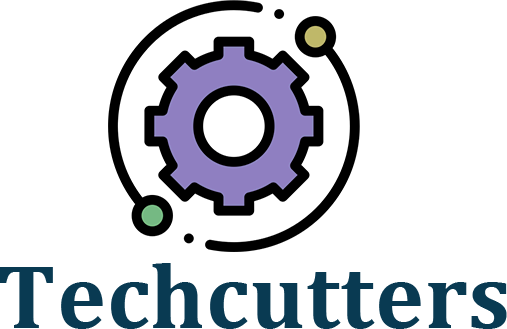The Secrets to Conducting Successful UAT

User acceptance testing for CRM is an essential part of your project’s execution. Although it goes without saying that all testing is important, only UAT is overseen by users as opposed to engineers. It is essential to the project’s success since it is the last phase of testing before the software is made available to the general public. The quality and dependability of software may be improved by adhering to several best practices that teams can use to create efficient UAT testing tools.
- Early Involvement of Stakeholders: User Acceptance Testing should involve stakeholders, including end-users, from the early stages of the development process. By actively involving them, the team gains valuable insights into user expectations and requirements. This early collaboration reduces the chances of significant issues surfacing during later stages of testing, thus saving time and resources.
- Clear and Detailed Test Plan: A well-defined test plan is the backbone of any successful UAT. It should outline the objectives, scope, test scenarios, test cases, entry/exit criteria, and roles and responsibilities of each team member involved in testing. A clear test plan ensures that testing is systematic and comprehensive, covering all relevant aspects of the software.
- Realistic Test Scenarios and Data: Test scenarios should closely mirror real-life situations that users might encounter when using the software. Furthermore, the test data should reflect real-world use and be realistic. By simulating real-world situations, this method enables testers to see possible problems that would not be obvious in controlled testing settings.
- User-Friendly Testing Environment: Providing a user-friendly and easily accessible testing environment contributes to a smooth testing process. Testers should have access to clear instructions and support during the testing phase. This might include providing user manuals, FAQs, or direct communication channels with the development team to address any queries or issues promptly.
- Comprehensive Bug Reporting: During UAT, it is crucial to have a well-established bug reporting process. Testers should be encouraged to provide detailed bug reports that include steps to reproduce the issue, expected behavior, and actual behavior. Such comprehensive reports help the development team to understand and address the problem efficiently.
- Regression Testing: While performing User Acceptance Testing, it is essential to conduct regression testing as well. Regression testing ensures that new changes or fixes implemented after identifying bugs do not introduce new issues into the software. This step safeguards against potential regressions and guarantees that the software remains stable and functional throughout its lifecycle.
- Positive and Negative Testing: Testers should not only focus on expected outcomes but also perform negative testing to evaluate how the software behaves under adverse conditions. This involves deliberately inputting invalid or unexpected data to check if the system handles such scenarios gracefully and provides appropriate error messages.
Conclusion
In conclusion, effective User Acceptance Testing is a critical aspect of successful software development. UAT not only helps identify and rectify issues before release but also enhances user satisfaction and overall software quality.
Opkey offers a comprehensive framework that facilitates the automation of the testing process and enables the seamless execution of tests in a continuous manner. These capabilities are essential for the successful implementation of continuous testing. By employing this method, it is possible to significantly mitigate the risk of failure in your applications, potentially achieving a reduction of up to 90%.





